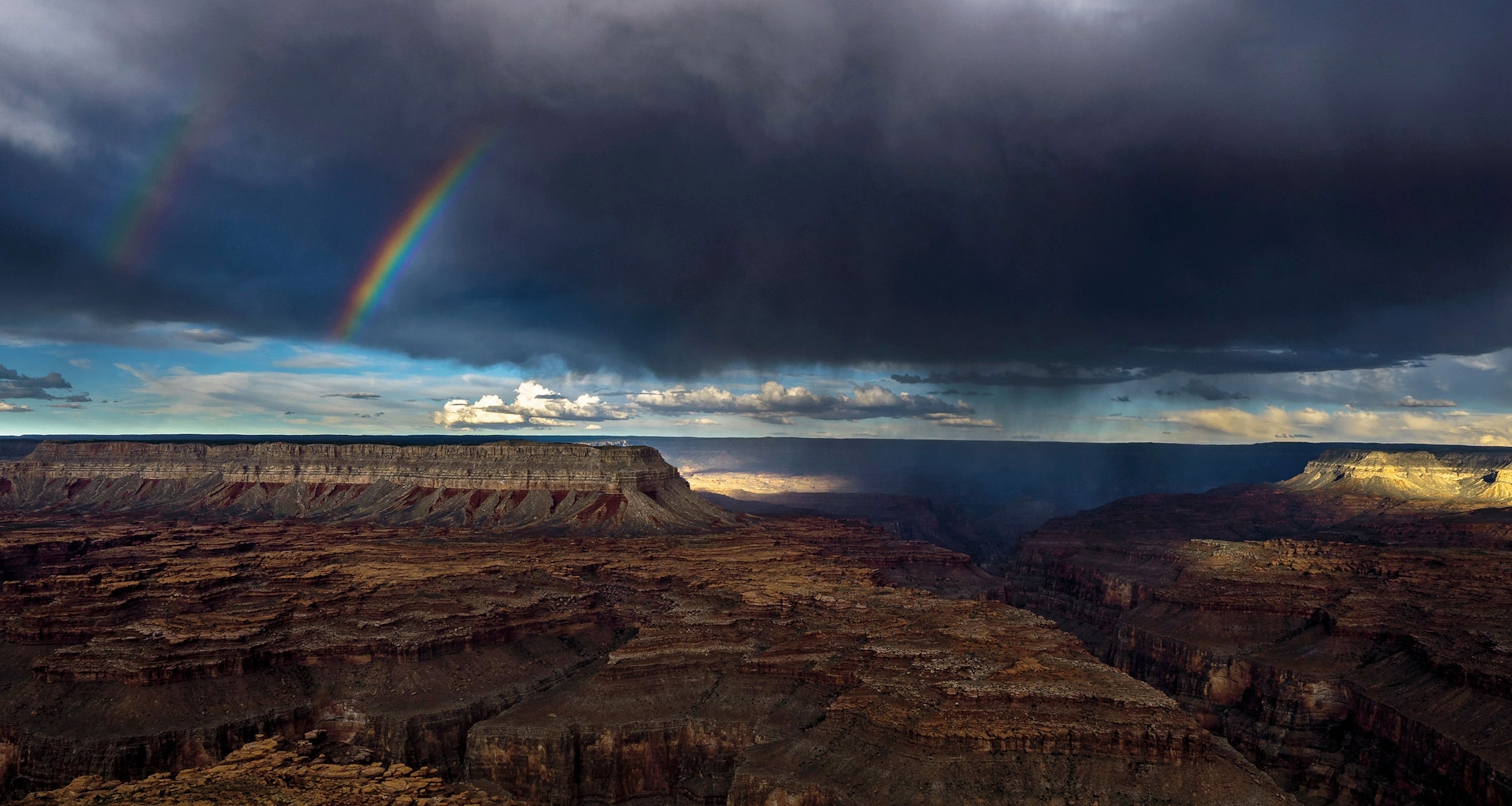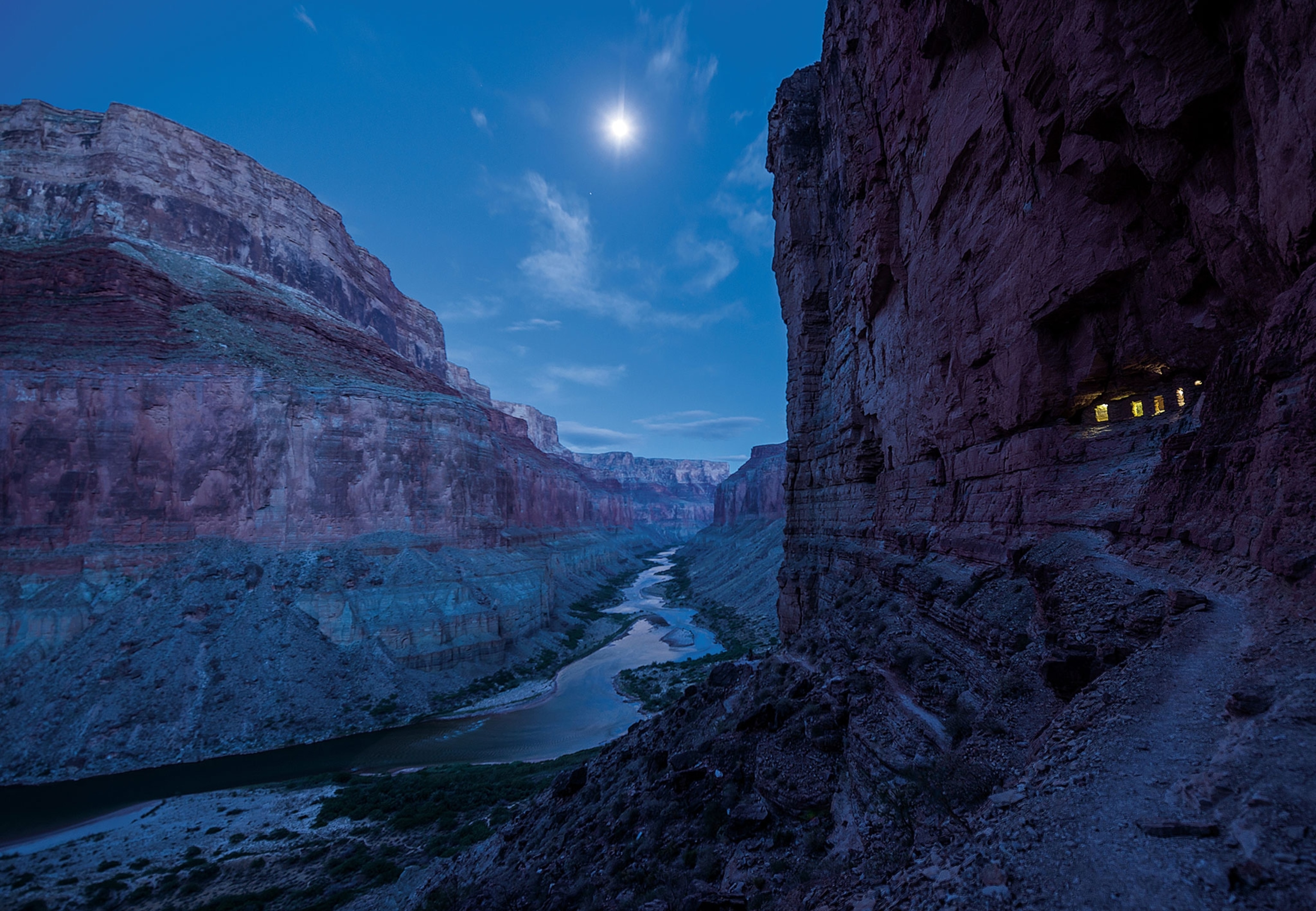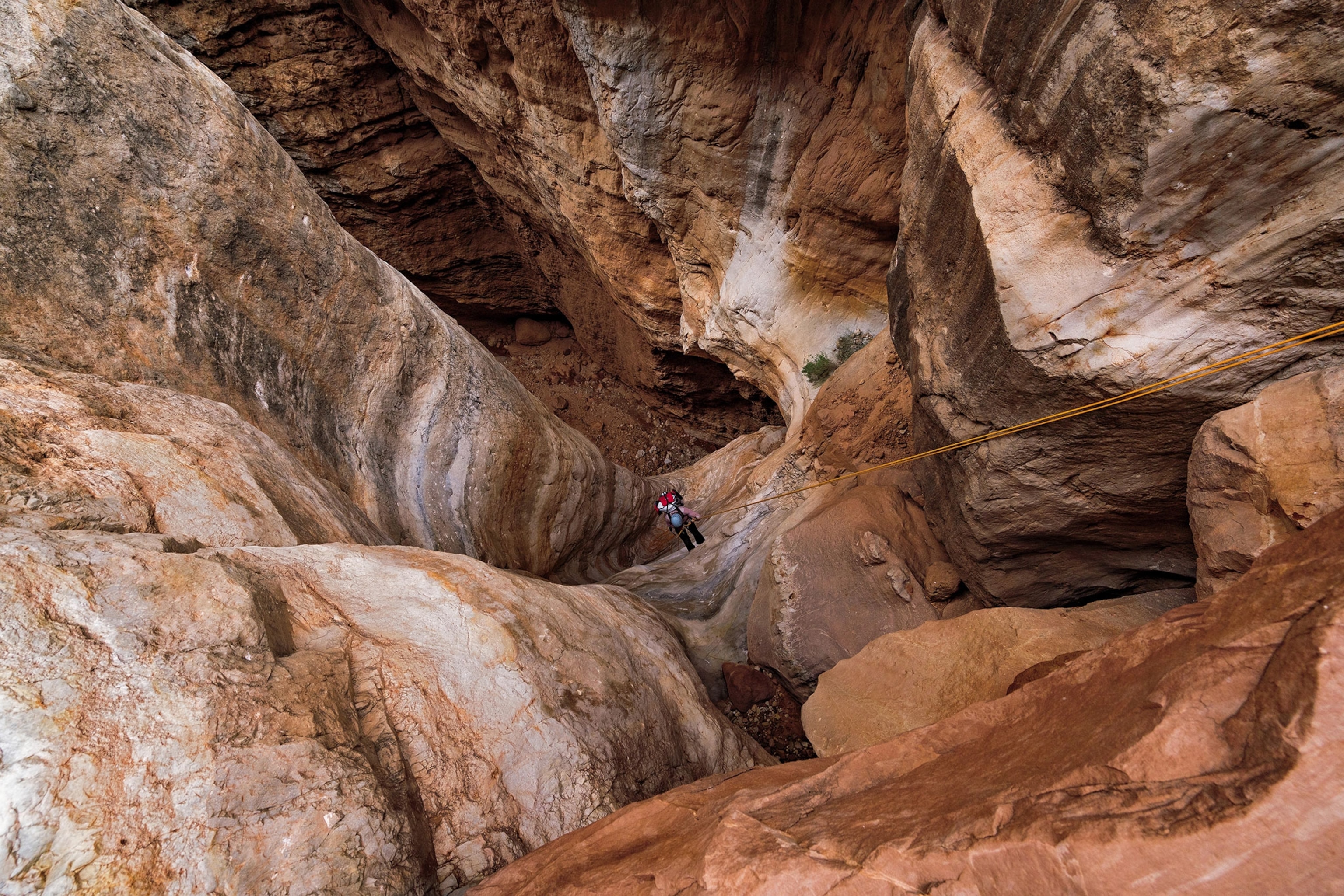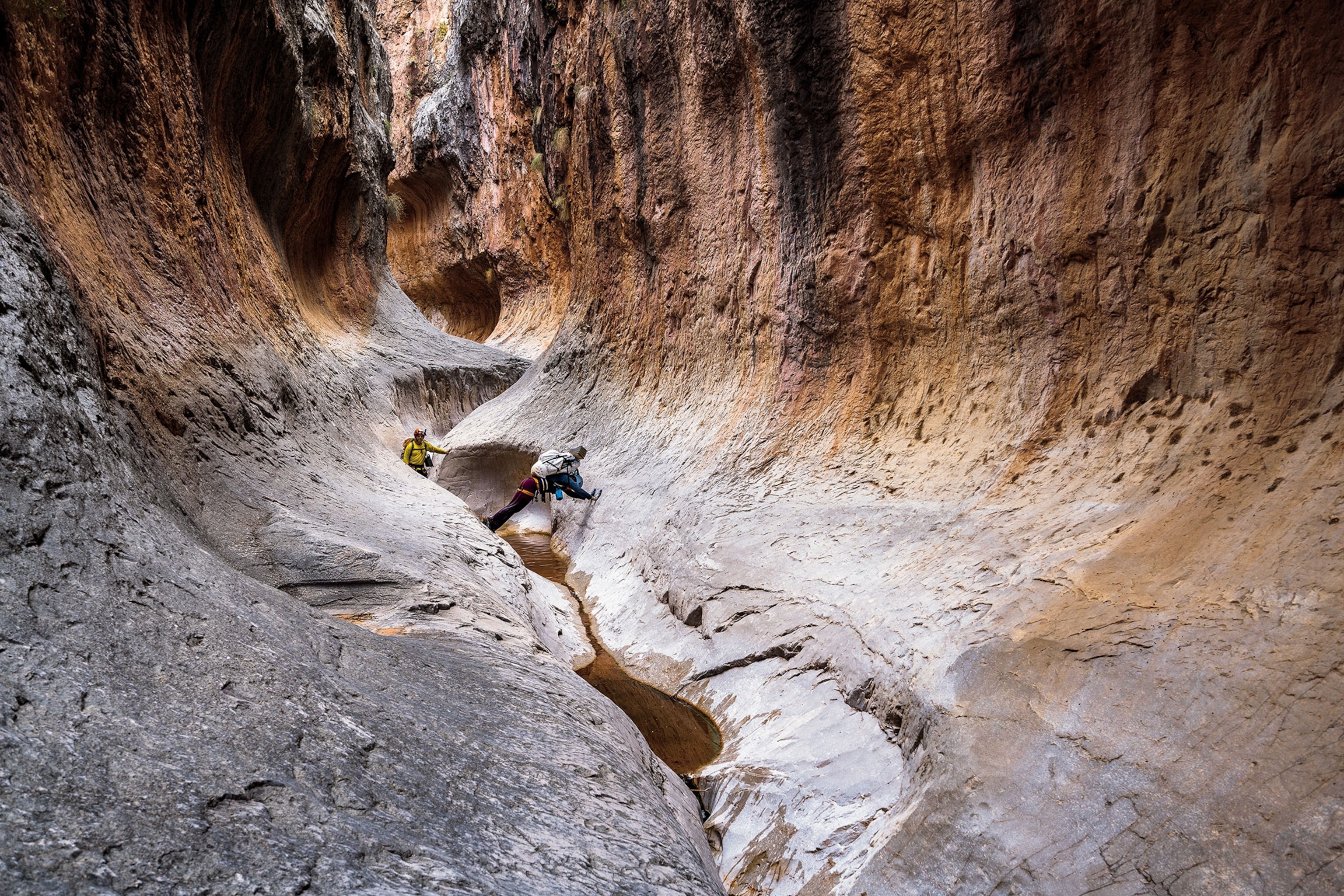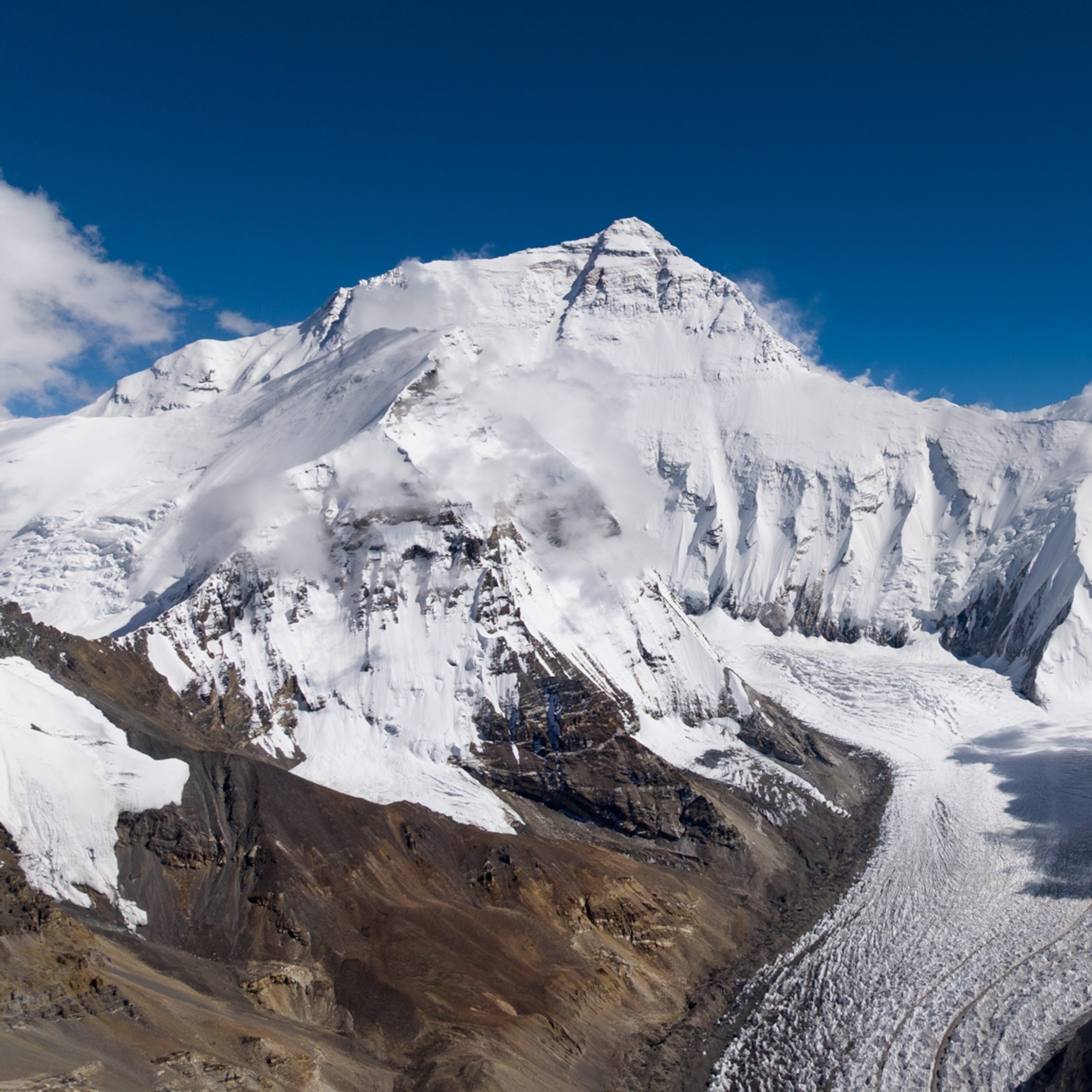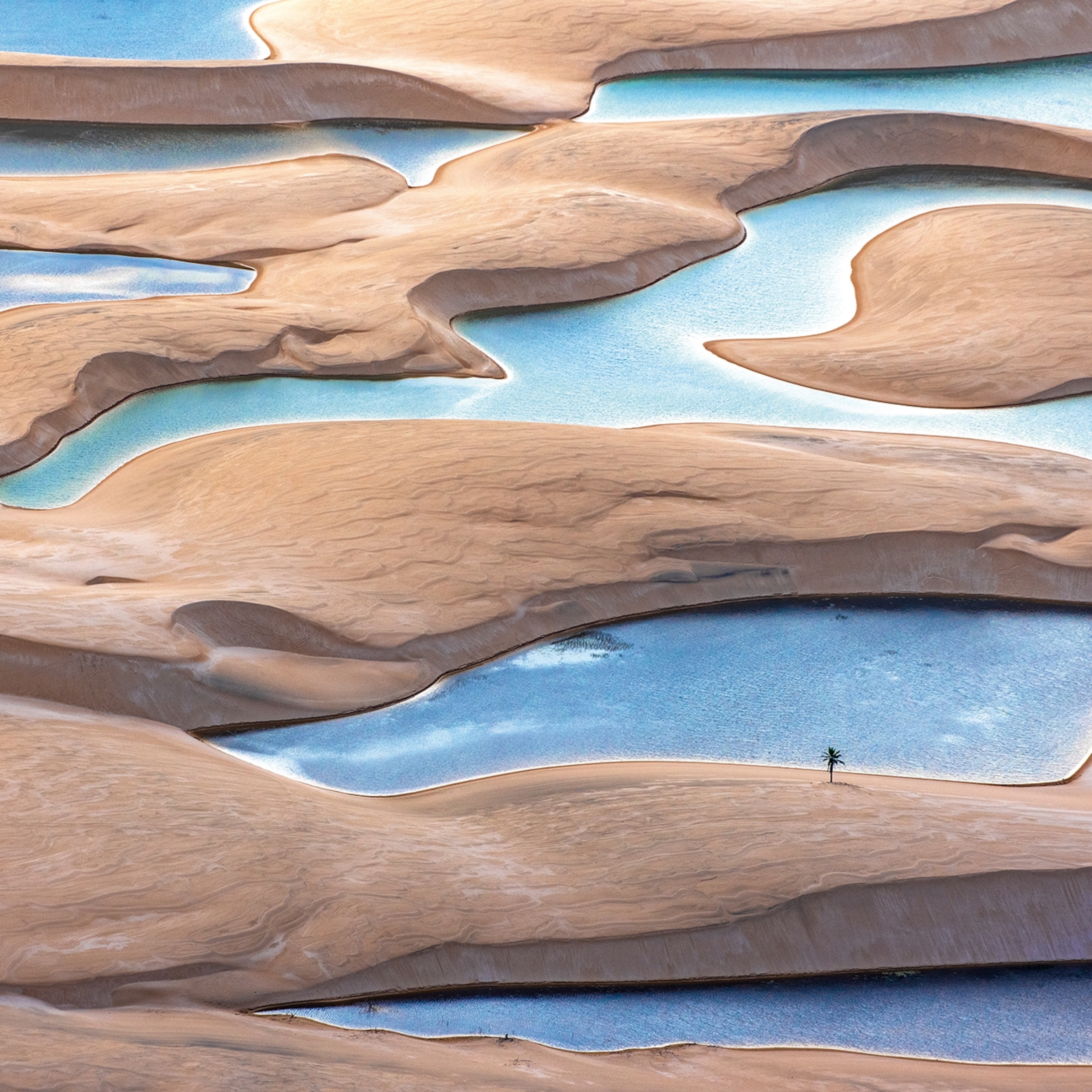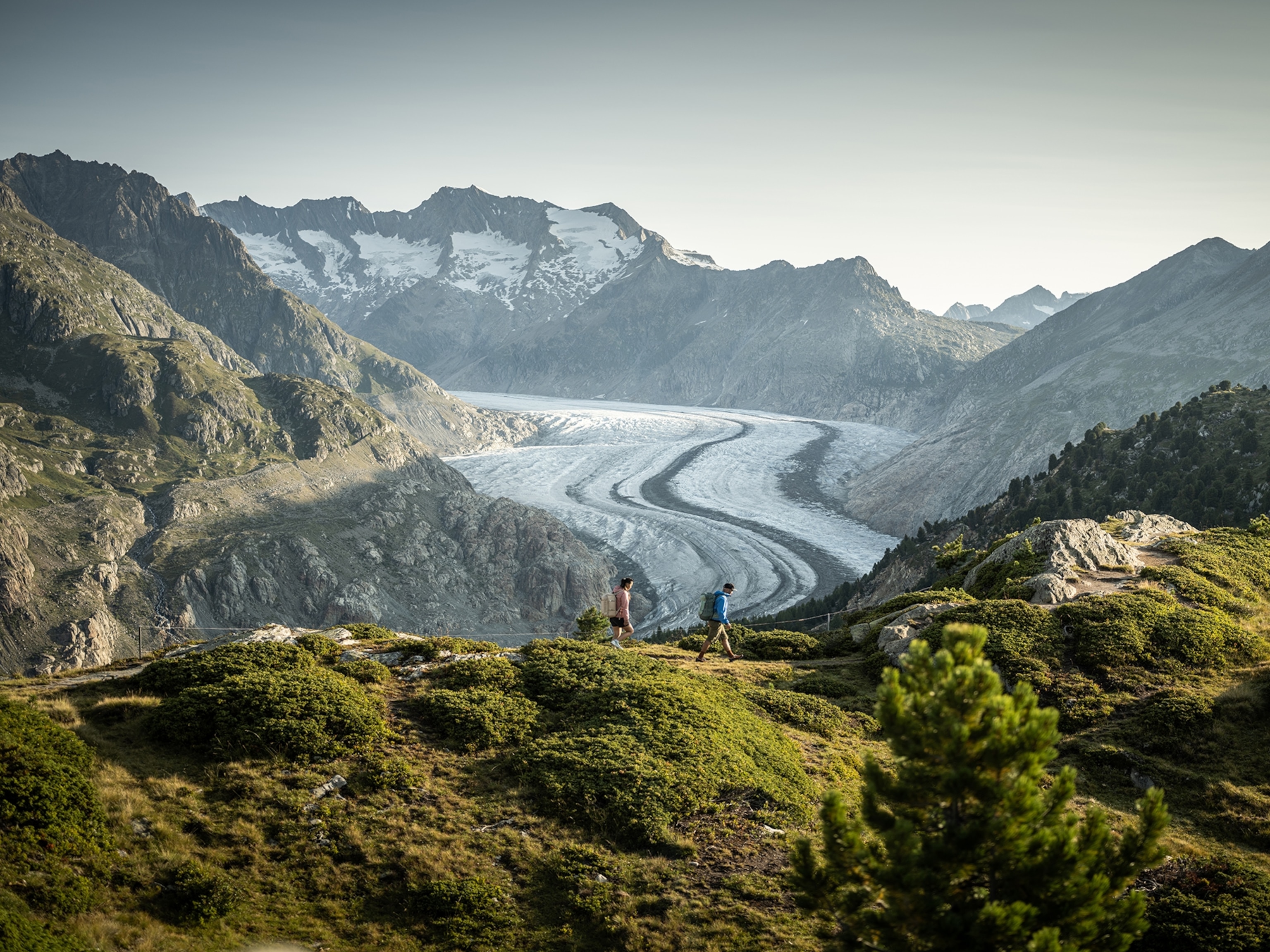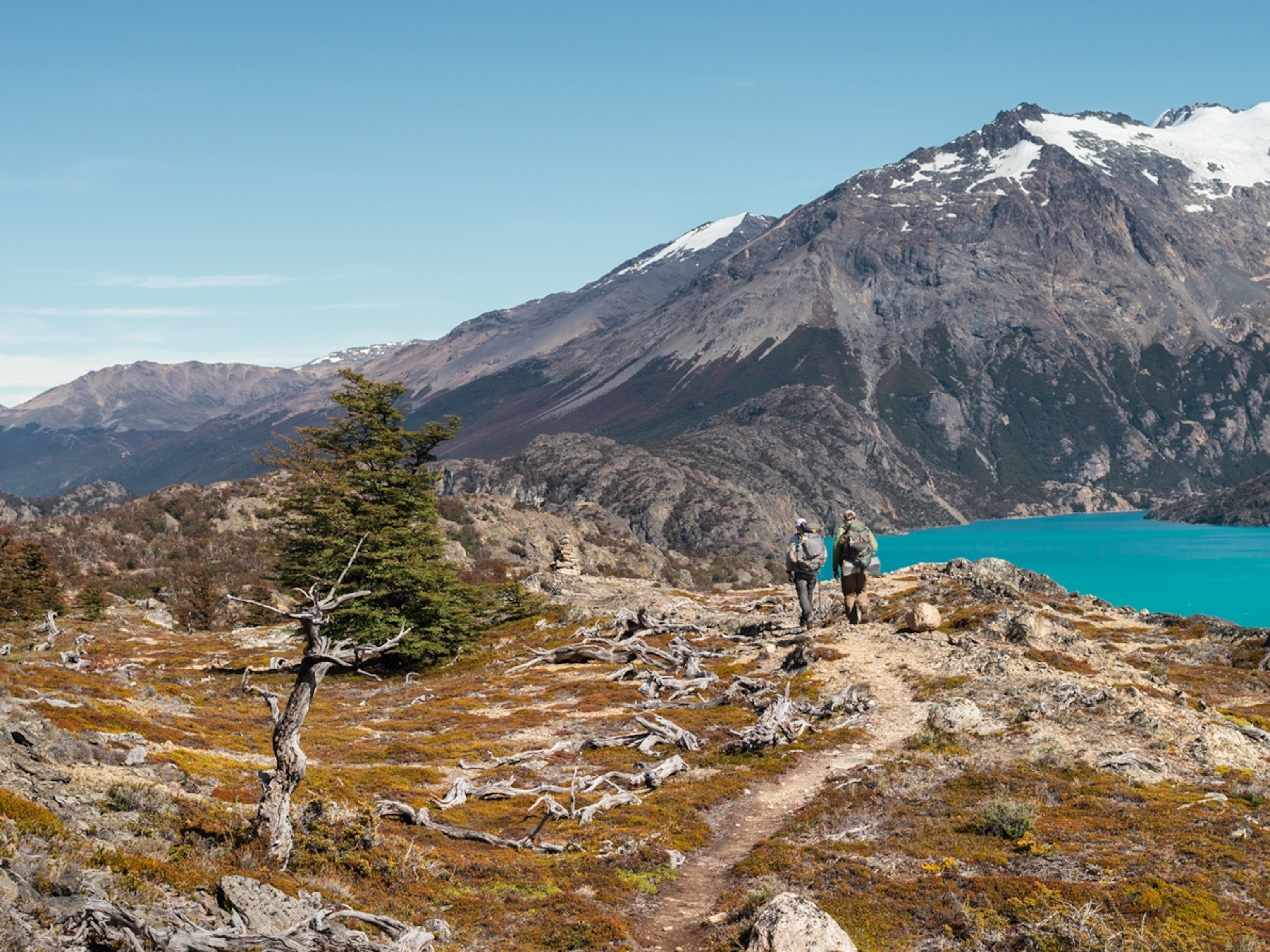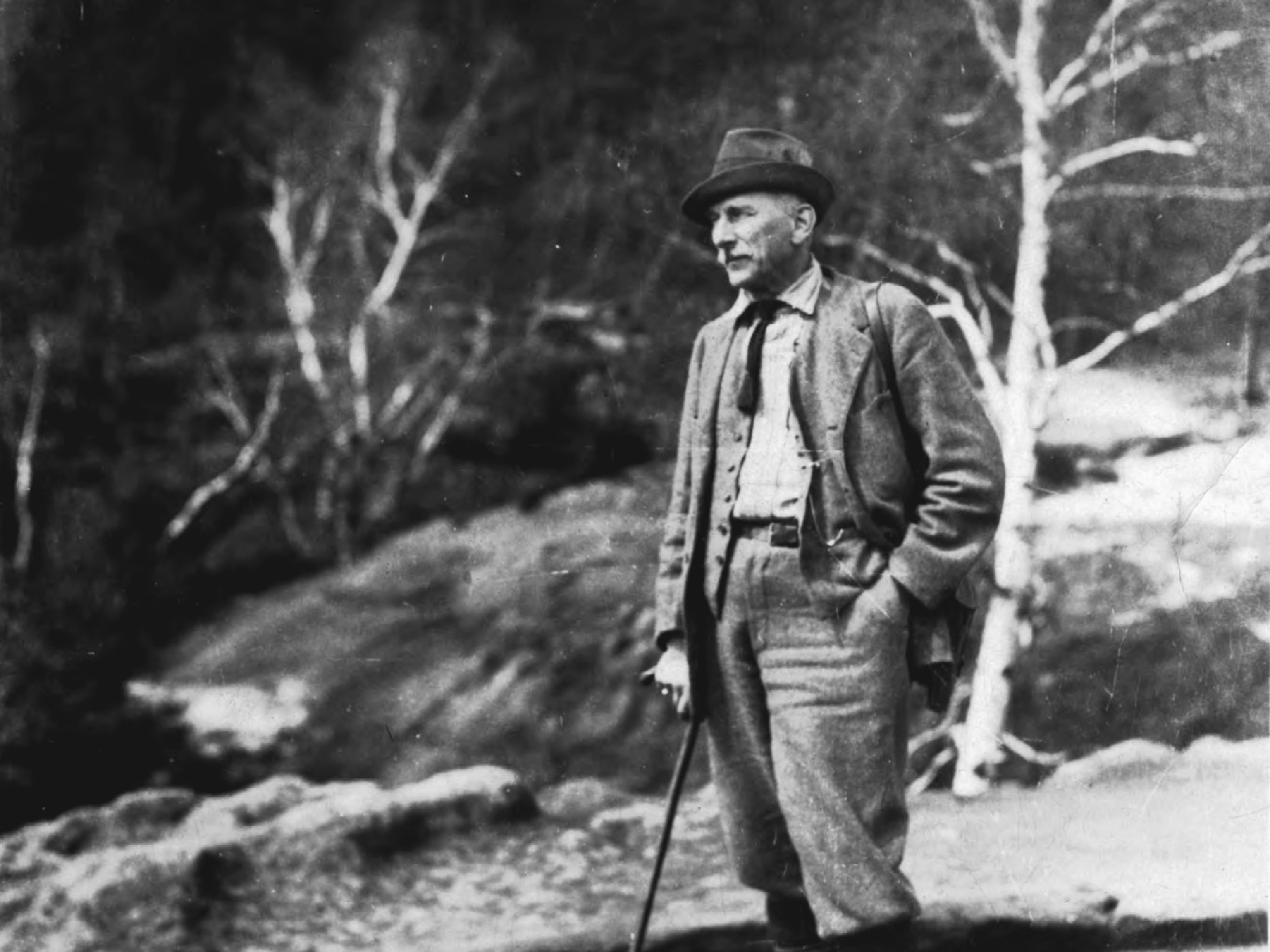Arguably America’s most recognizable landscape, the mile-deep Grand Canyon stretches as far as the eye can see.
Though the canyon’s iconic panoramas and precipitous cliffs made for stunning images, when landscape photographer and filmmaker Pete McBride completed his winding 750-mile hike through the crown jewel of American public lands, it wasn’t the awesome vistas that left the most lasting impact.
One of his most profound takeaways was not what he saw but what he heard.
“The silence,” McBride says. “The dense, crystalline silence that hangs over the place.”
True wilderness. The silence was so absolute that the microphones on his camera had to be recalibrated.
“There's this whole tapestry of wildlife sounds that you start to hear as time goes on,” says McBride, who completed his through-hike alongside writer Kevin Fedarko. The pair added their names to the short list of people—fewer than 30—who have undertaken the rugged journey.
- National Geographic Expeditions
“The brush of bat wings in the morning over your head. The clatter of sheep hooves on the rock across the river. It sounds as if it’s close by, but it’s not,” says McBride. “And then you realize just how quickly that silence can be shattered.”
The Grand Canyon is a region under continuous tension. It is one of America’s most protected areas, and simultaneously one of its most threatened. Pressures from outside groups—from the mining industry to tourist companies, all seeking to make money off the national park—place conservationists in a state of constant guard.
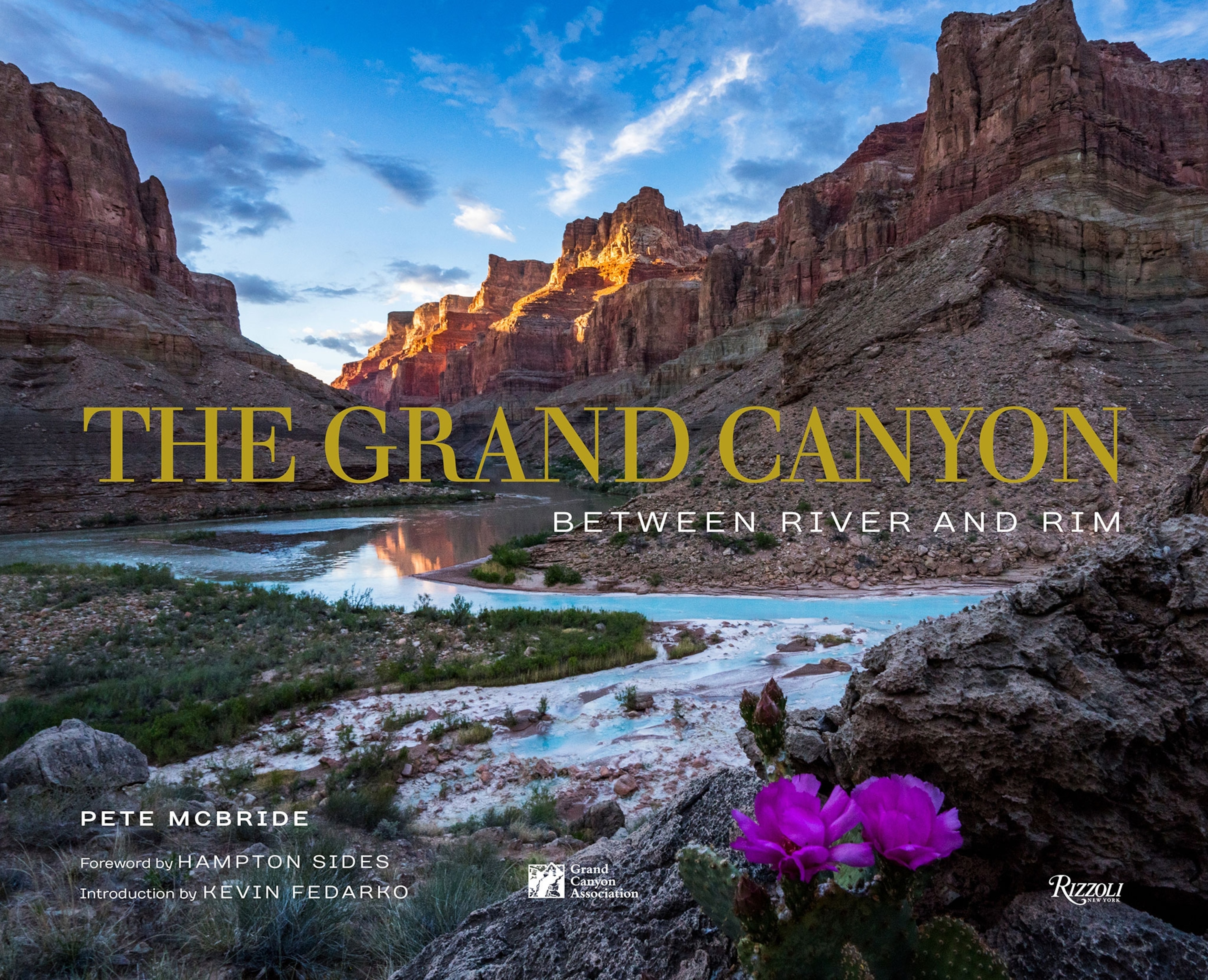
“How does the American public see a national park?” asks McBride. “Is it a place that's sacrosanct or is it a place we just want to treat as an amusement park and fill up with more lights, railings, and noise?”
McBride and Fedarko—from Basalt, Colorado, and Santa Fe, New Mexico, respectively—documented their experience for National Geographic in advance of the National Park System’s Centennial in 2016. Although they originally entertained notions of being able to hike the Grand Canyon in a continuous push—a feat only eight people have ever accomplished—the extreme difficulty of the hike quickly set in.
“We got annihilated on the first leg,” says McBride. They decided to it break up into more manageable legs, spread out over a year.
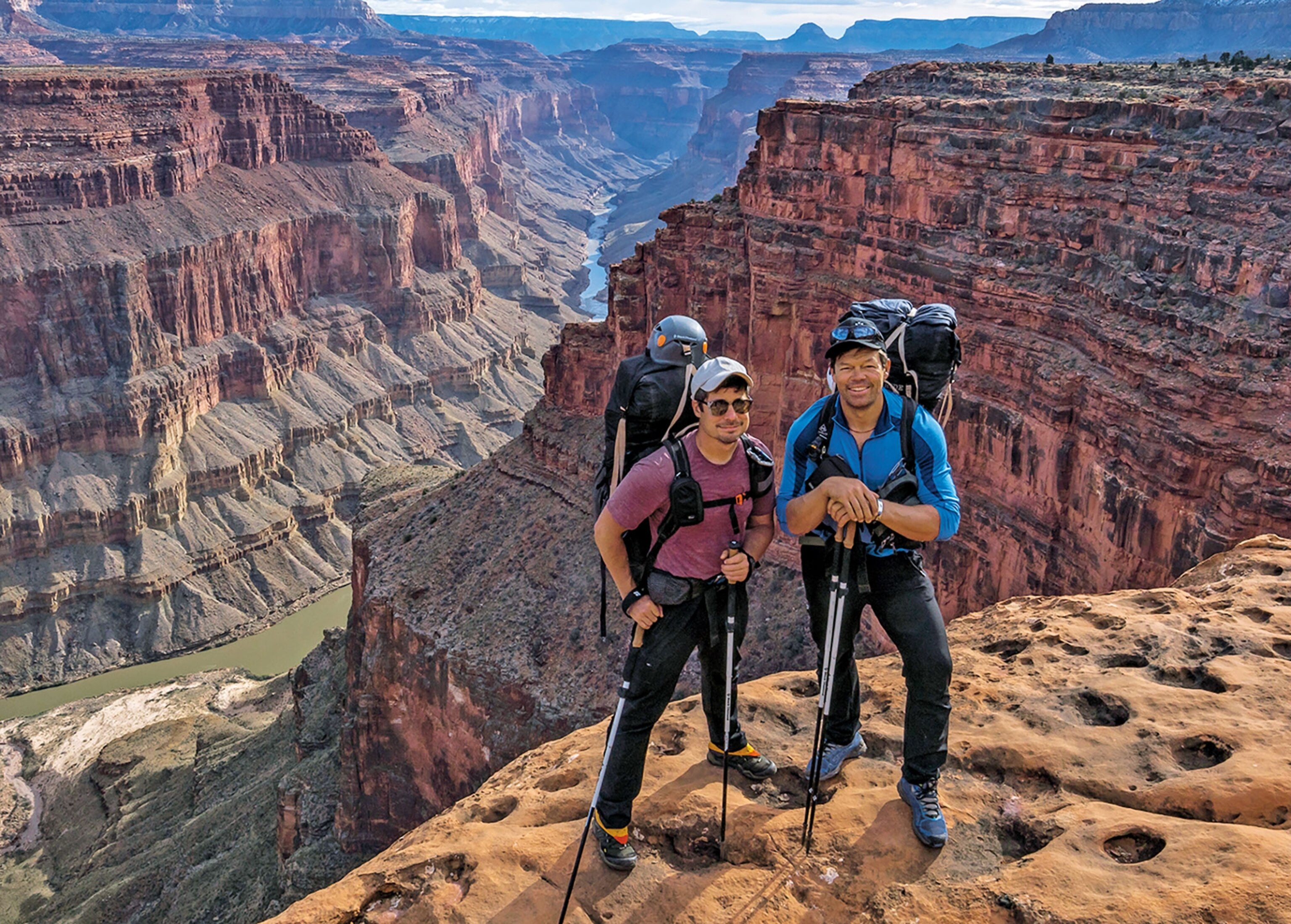
The difficulty continued to slow them down. Their deadline for the September 2016 issue hit before they had actually completed the canyon, but they were committed to finishing what they’d started. Ultimately, after 71 days, spread out over more than a year, they achieved their goal.
McBride returned and spent an additional 40-plus days and nights beneath the rim shooting more photographs to round out his portfolio.
Now, after more than 100 days in this supreme wilderness, McBride’s raw and profound experience has been compiled in The Grand Canyon: Between River and Rim, a gorgeous 235-page coffee-table tome from the publisher Rizzoli. A foreword by Hampton Sides and an introduction by Kevin Fedarko add to McBrides’ portraits of the extraordinary canyon.
National Geographic caught up with McBride, who was in the midst of a book tour.
Did the experience reporting on these controversial conservation issues change your mind in any surprising ways?
It made me far more aware that this isn’t about just pointing the finger at a few developers that we may think are doing injustice to the park. I realized that we, the public, are just as much to blame, because many of us tend to think about national parks only as bucket-list items, placing our own amusement over respect for wilderness.

This project made me far more aware of the fact that national parks and protected public lands are only as protected as the current generation is willing to stand up for them.
Do you have a favorite photo in your book?
The helicopter merge photo will always stand out because I think it makes people stop in their tracks. What starts out as one helicopter flight, within a decade, is now 500 per day. There’s so much money driving these developments, and they all feed off each other. It slowly transitions the place into a completely different landscape, like a frog in a boiling pot of water.
What was the most surprising part of your hike?
The end was a real highlight because people had told me not to bother with Helicopter Alley—it’s noisy, nothing to see, a wasteland. But hiking it, I saw the most beautiful slot canyons, the most beautiful archeology everywhere, the most interesting and abundant wildlife. That really caught me off guard in a great way.
What would make you feel like this book is a success?
If it made just a handful of people stop and think about how lucky we are to have a unique landscape that’s protected because it represents true wilderness. And just how fragile it all is.
After 100 days beneath the rim, what stands out in your mind?
It was so quiet I could hear my pulse in my ears at night, which became the thing that haunts me most. Now when I hear my pulse, it takes me right back to being beneath the rim. Helps me slow down and prioritize. It’s my one little vestige from the trip that I get to carry around with me always.
